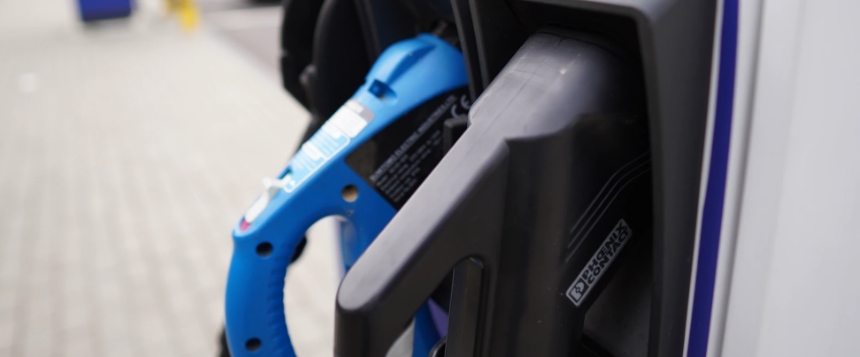
Ethereum’s Big Moment Is Coming With ‘The Merge.’ What It Means for Crypto.
If BitcoinBTCUSD –0.26% is crypto’s answer to gold, Ethereum is the closest thing it has to its own internet. Anyone who wants to mint a new token, launch a crypto app, or spend $150,000 on a Bored Ape nonfungible token, or NFT, probably uses the Ethereum network. More than $3 billion in transaction volume flows through Ethereum daily, traded in the network’s native token, EtherETHUSD –0.16% . About $60 billion in crypto assets sit on its blockchain through third-party apps. Aside from Bitcoin, no other network is more critical to crypto’s infrastructure or its future. Tinkering with Ethereum is no trifling matter. Yet the network’s developers aren’t just about to tinker—they’re on the cusp of overhauling the core plumbing and mechanics of Ethereum in an upgrade that enthusiasts call The Merge. The change, slated to happen around Sept. 15, is a big technological risk and could be a transformative moment for crypto. Companies like Coinbase Global COIN –0.41% (ticker: COIN) will feel the impact almost immediately. And there are likely to be ripple effects throughout the industry, touching everyone from crypto miners to chip makers like Nvidia NVDA –2.08% (NVDA), and investors with some Ether in their portfolios. “The Merge is the most significant upgrade in crypto history,” says Sami Kassab, an analyst for crypto research firm Messari. “It’s similar to changing the engines on an airplane in midflight. One flaw in the code could wreak havoc on the crypto ecosystem.” Years in the making, The Merge may be crypto’s answer to critics who say the industry is a colossal waste of energy. Ethereum, with a market value of nearly $200 billion, now uses the same method of validating transactions as Bitcoin. In that process, known as proof of work, computers compete to solve cryptographic puzzles. The network reaches a consensus on the winner, proving that a block of transactions is valid and should be added to the chain. The winner then receives some Bitcoin, a practice known as mining. It’s highly energy-intensive, requiring a massive amount of computing work and electricity. Ethereum was built on the same system, and it is also an energy hog, using roughly the same amount of electricity in a year as countries like the Netherlands. Source: Barrons #Ethereum
- 1
- 0
- ₹0

















